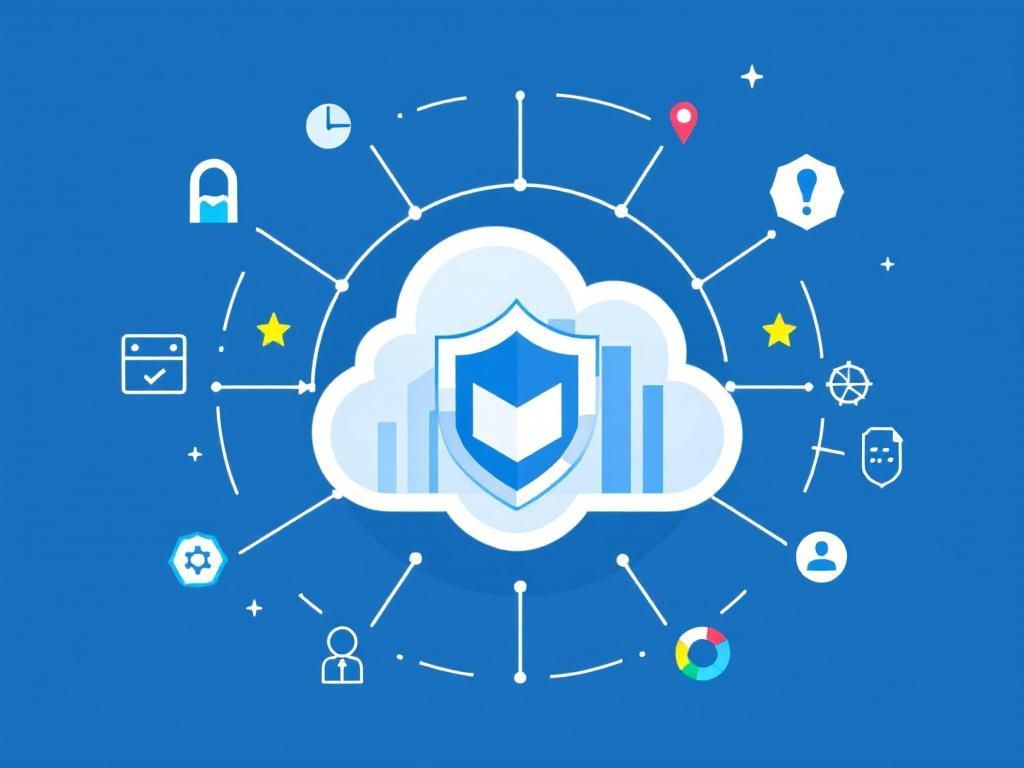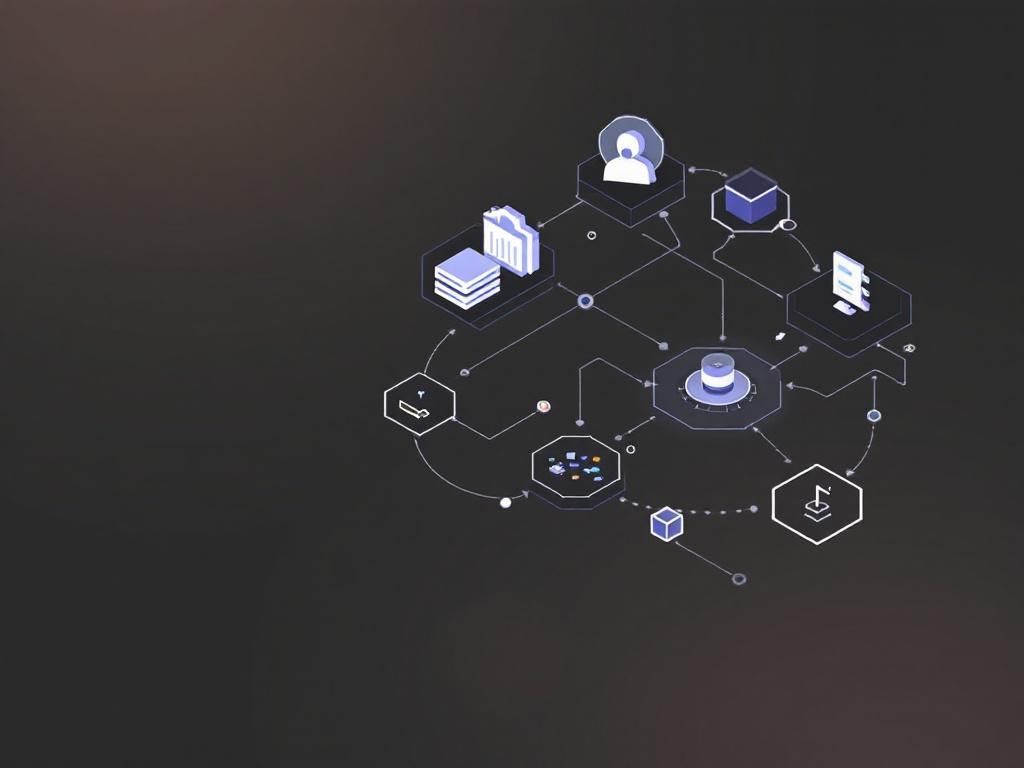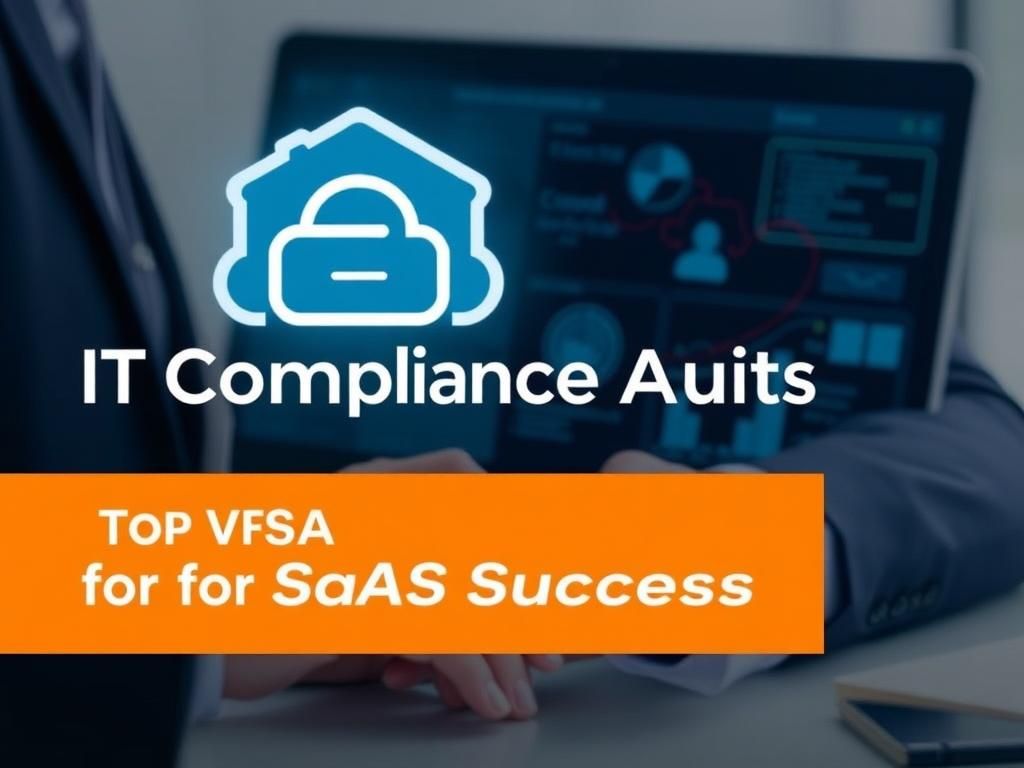Mastering IT Compliance: Essential SaaS Audit Strategies
Discover key strategies and best practices for mastering IT compliance in SaaS audits to ensure security and regulatory adherence.

In the rapidly evolving landscape of technology, ensuring compliance with regulations and standards is paramount for Software as a Service (SaaS) providers. With increasing scrutiny from regulatory bodies and customers alike, mastering IT compliance has become a critical competency. This article delves into the essentials of SaaS audits, providing a comprehensive guide for organizations aiming to navigate the complex terrain of compliance requirements effectively.
Table of Contents
Understanding IT Compliance
IT compliance refers to the adherence to laws, regulations, and standards that govern the handling of data and systems within an organization. For SaaS providers, this encompasses a broad range of requirements, including:
- Data Protection Regulations (e.g., GDPR, CCPA)
- Industry Standards (e.g., ISO 27001, SOC 2)
- Security Requirements (e.g., HIPAA for healthcare)
Compliance is not merely a checkbox exercise; it is an ongoing process that requires continuous monitoring and adaptation to changing regulations and technological advancements.
The Importance of SaaS Audits
SaaS audits are a critical mechanism for evaluating an organization’s compliance posture. These audits can serve multiple purposes:
Risk Management
By identifying vulnerabilities and areas of non-compliance, organizations can mitigate risks associated with data breaches and regulatory fines.
Building Trust
Demonstrating compliance through audits builds trust with customers, partners, and stakeholders, enhancing an organization’s reputation in the marketplace.
Improving Processes
Audits often reveal inefficiencies in processes, providing opportunities for organizations to streamline operations and improve service delivery.
Key Components of a SaaS Audit
A comprehensive SaaS audit should encompass several core components:
1. Documentation Review
The first step in any audit is to conduct a thorough review of existing documentation, which includes:
- Policies and Procedures
- Incident Response Plans
- Access Control Policies
2. Risk Assessment
Conducting a risk assessment helps identify potential threats to data security and compliance, including:
- External threats (e.g., cyberattacks)
- Internal vulnerabilities (e.g., employee negligence)
3. Controls Evaluation
Evaluating the effectiveness of controls in place is crucial. This includes:
| Control Type | Description | Evaluation Method |
|---|---|---|
| Physical Controls | Measures to protect facilities | Site Inspections |
| Technical Controls | Security technologies | Penetration Testing |
| Administrative Controls | Policies and procedures | Documentation Review |
4. Compliance Testing
Auditors should conduct tests to ensure compliance with applicable laws and standards. This may involve:
- Interviews with key personnel
- Technical assessments
- Reviewing audit trails and logs
Best Practices for Conducting SaaS Audits
To ensure effective audits, organizations should adhere to the following best practices:
1. Establish a Compliance Framework
Develop a structured framework that outlines compliance requirements specific to your industry and region. Consider leveraging established standards such as:
- ISO 27001
- COBIT
- NIST Cybersecurity Framework
2. Invest in Training and Awareness
Continuous training for employees on compliance policies and best practices is crucial. This can include:
- Regular workshops
- Online training modules
- Simulated phishing exercises
3. Utilize Technology Solutions
Leverage compliance management tools to automate tasks such as:
- Monitoring regulatory changes
- Document management
- Incident tracking and reporting
Challenges in SaaS Compliance
While striving for compliance, organizations may face several challenges:
1. Rapid Regulatory Changes
The fast pace of regulatory changes can make it difficult for organizations to keep up, necessitating a proactive approach to compliance.
2. Complex Supply Chain
With multiple third-party vendors involved, ensuring that all parties comply with relevant standards can be daunting.
3. Data Privacy Concerns
Given the increasing focus on data privacy, organizations must navigate complex legal landscapes while implementing effective data protection measures.
Future Trends in SaaS Compliance
As technology advances, the landscape of compliance will continue to evolve. Key trends to watch include:
1. Increased Automation
Automation technologies will play a significant role in simplifying compliance processes, allowing organizations to focus on strategic activities.
2. Expansion of Data Privacy Laws
As more countries adopt stringent data protection regulations, SaaS providers will need to ensure compliance across multiple jurisdictions.
3. Focus on Continuous Compliance
Organizations will shift from periodic audits to continuous compliance, utilizing real-time monitoring tools to maintain compliance status.
Conclusion
Mastering IT compliance within the SaaS ecosystem is no longer optional but a necessity for survival in a competitive market. By understanding the fundamentals of SaaS audits, employing best practices, and staying ahead of trends, organizations can not only achieve compliance but also leverage it as a competitive advantage. A commitment to continuous improvement and proactive risk management will ultimately lead to greater trust and loyalty from customers and stakeholders alike.
FAQ
What is IT compliance in the context of SaaS?
IT compliance in the context of SaaS refers to the process of ensuring that a Software as a Service application adheres to relevant laws, regulations, and standards, such as GDPR, HIPAA, or ISO 27001.
Why is auditing essential for SaaS compliance?
Auditing is essential for SaaS compliance as it helps organizations identify gaps in their security and compliance posture, ensures adherence to regulatory requirements, and builds trust with customers.
What are the key components of a SaaS audit?
Key components of a SaaS audit include reviewing security controls, assessing data privacy practices, evaluating third-party vendor compliance, and ensuring proper documentation and reporting.
How often should a SaaS audit be conducted?
A SaaS audit should be conducted at least annually, but it is advisable to perform more frequent audits when significant changes occur or in response to emerging regulatory requirements.
What are common challenges faced during SaaS audits?
Common challenges during SaaS audits include lack of visibility into third-party integrations, rapidly changing regulatory environments, and managing data across multiple jurisdictions.
How can organizations prepare for a SaaS audit?
Organizations can prepare for a SaaS audit by establishing clear policies and procedures, conducting internal assessments, ensuring proper documentation, and training staff on compliance requirements.




